
Screwcap vs. Cork: Is one better than the other?
Explore the pros and cons of screwcaps and corks in the world of wine.
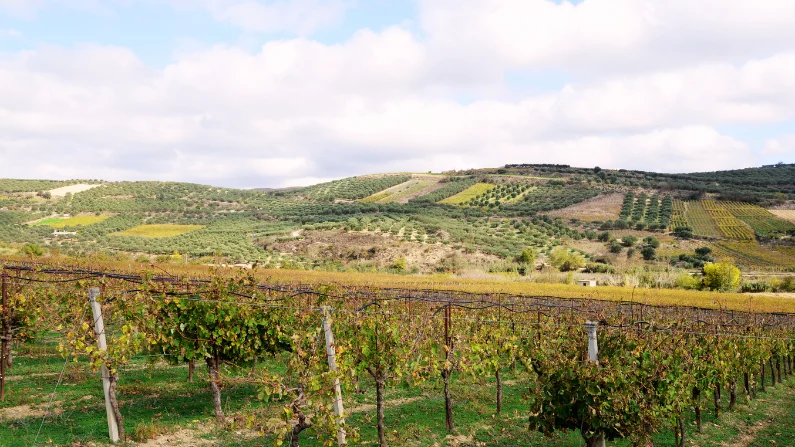
The island of Crete is the biggest of the Greek islands and the most southerly. Although it only recently got into the spotlight as a winemaking region, this beautiful island is ancient in the winemaking business, producing and exporting wines more than 4,000 years ago! Fast forward, Crete is still producing authentic wines from its indigenous grape varieties, leveraging on its mountainous terrain that sets it apart from all the other Greek islands.
Once upon a time, Crete was home to the Minoan civilization that is believed to be the oldest civilization in Europe. The Minoans used to produce, store, and export wine to the civilizations surrounding the island, particularly ancient Egypt. Ancient amphoras (pithos) along with old frescos in the Knossos Palace in Heraklion, capital of Crete, and paintings in Egyptian burial chambers stand testament to that.
As time passed by, Crete witnessed crises, wars, and major challenges, while the wine industry suffered terribly in the background. The biggest latest blow was the centuries long Ottoman Empire invasion, when wine production was extremely restricted.
When Crete started making wine again it was low quality bulk wine. That is until there was a shift in mentality in the 1990s and a rise of a young generation of winemakers who believed in the land and its heritage native varieties. The winemakers’ deep knowledge of the climate and terroir, paired with expertise gained from global wine making regions, brought about the birth of the new “modern yet authentic wines of Crete”.
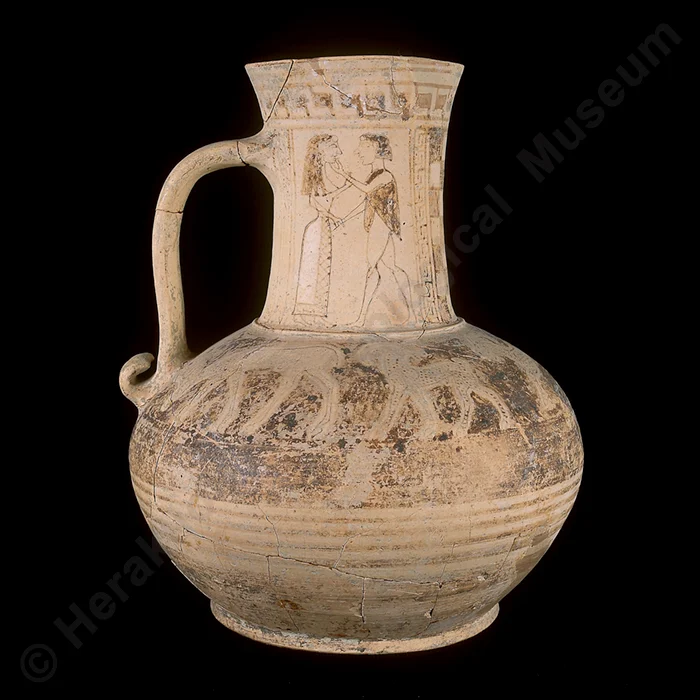
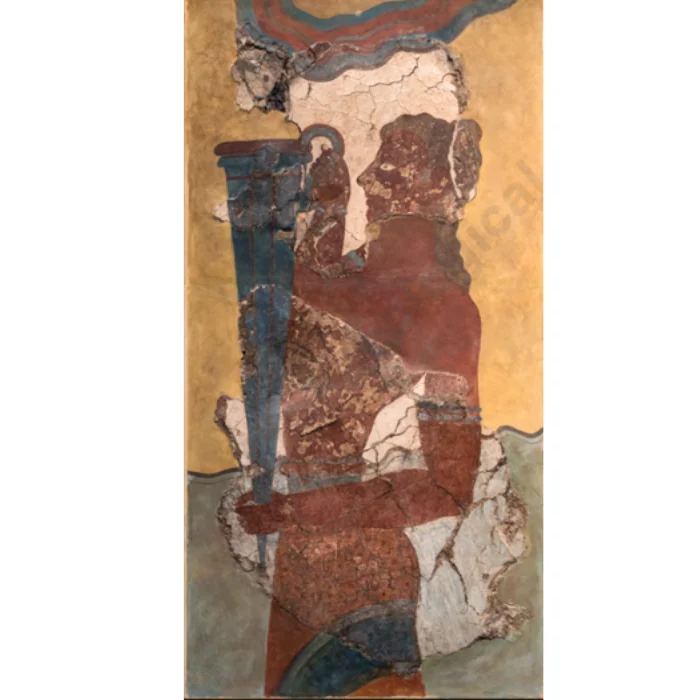
The location and southerly latitude of Crete could have made it too warm and unviable for viticulture, if it wasn’t for the island’s winning card: Mountains. The fragmented mountain ranges that spread from west to east, along with the sea breezes, made the climate cooler and viticulture possible. The vines are grown at altitude to slowly ripen the grapes, while retaining fresh acidity, also benefiting from the melted snow for water.
Most of the wine production in Crete comes from the broader Heraklion region followed by Chania and Rethymno districts in western Crete and then Lasithi in the East. Most vineyards fall in the northern part of the island, protected by the mountains, away from the effect of the warm Libyan Sea in the south.
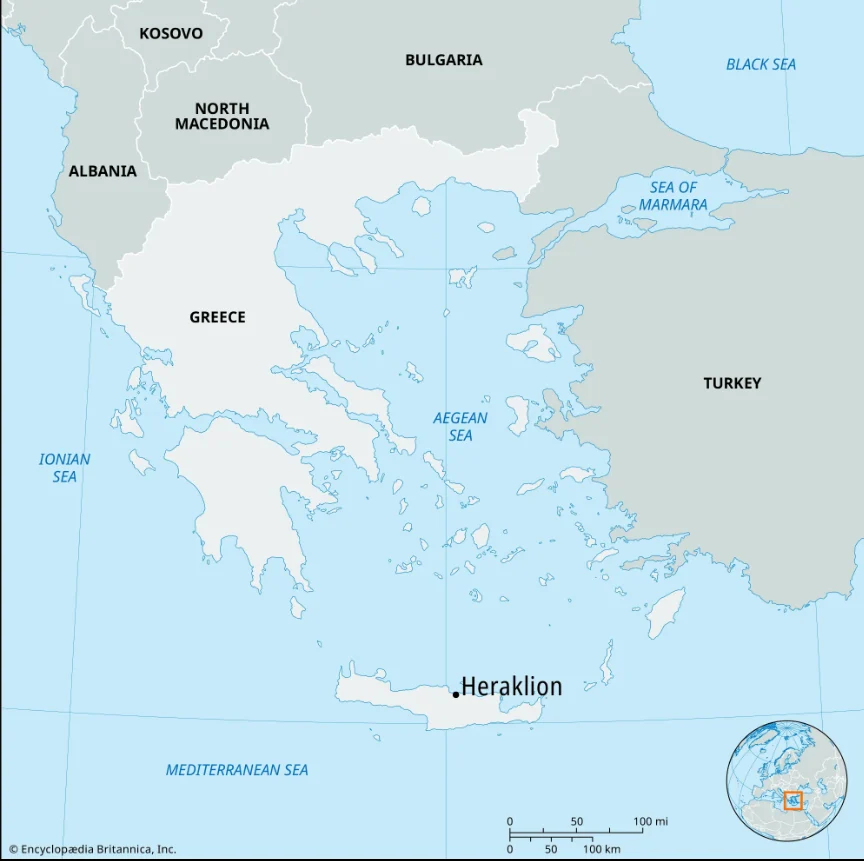
Most of the popular white wines produced in Crete are fruity and unoaked. The two most important and promising white varieties are Vidiano and Vilana. There are also Malvasia di Candia, the perfumed Muscat of Spina, and the three resurrected varieties: Dafni, Plyto, and Thrapsathiri.
Most red grapes in Crete produce diverse styles and types of wine that include white wines (blanc de noir), sparkling wines, and even sweet wines made from sun dried grapes. The indigenous red grapes are Liatiko, Kotsifali, Mandilari, and Romeiko. As single varietal, most grapes produce pale colored wines and so they are most likely blended with another Cretan variety or usually with Syrah. They can be light, fruity and consumed early; however, some very good examples can age successfully. Liatiko is the most promising grape variety to succeed internationally, producing wines often described as a fusion between Pinot Noir and Nebbiolo. Romeiko produces very versatile styles of wine in addition to oxidized wines that are rooted in Cretan tradition. The other two grape varieties are Kotsifali, which makes soft aromatic wines, and Mandilari that is deeply colored and tannic.
Rosé wine is a new concept in Crete and it is often combined with the red wine category, but it is witnessing a lot of growth, especially with the vibrant tourism sector in Crete, fueled by its gorgeous beaches.
Other common international varieties planted on the island are Syrah, Grenache, Mourvèdre, Cabernet Sauvignon, and Roussanne.
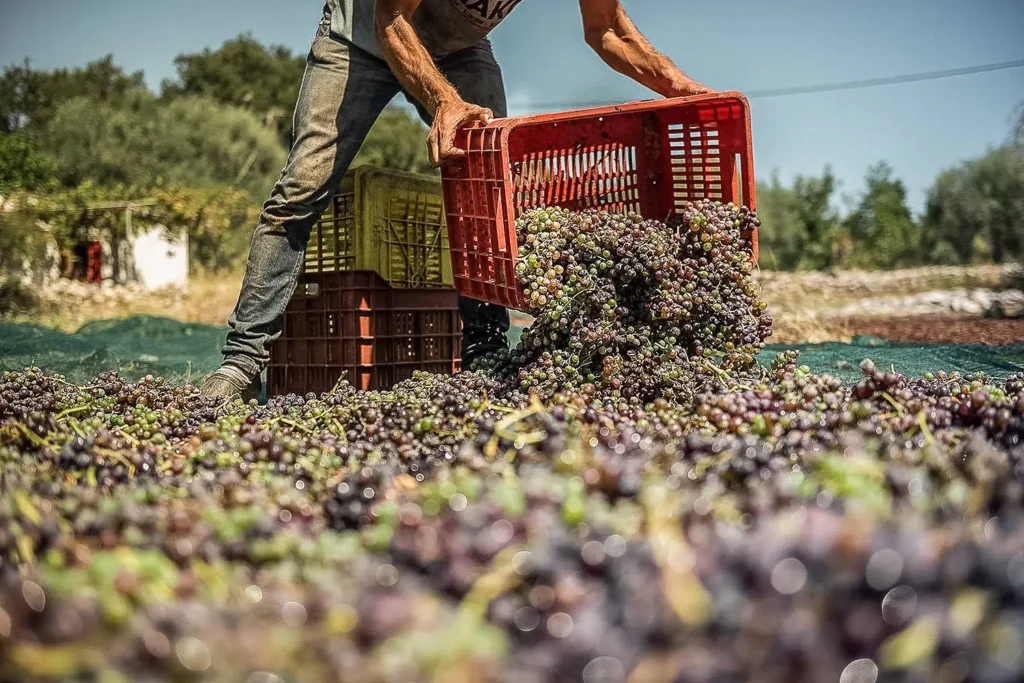
This grape is a star on the island, considered by many to be THE grape to position Crete firmly on the winemaking map like the Assyrtiko grape/wine did for Santorini, its neighboring Greek island. Based on the different ripening levels and winemaking techniques, the wine can be crisp and mineral, or complex, or fruity and aromatic with apricot, pear, lime, and jasmine notes. The wines have often been described as having fresh, green and mineral profile, similar to a ripe Sauvignon Blanc on one end, or having ripe intense stone fruit aromas, reminiscent of Viognier on the other.
Vidiano is generally full bodied with medium to high acidity and high alcohol and can also produce sparkling wine and experimental orange wine.
This is the most widely planted white variety in Crete producing wines in almost all of the island as a single varietal or in a blend. The wines usually vary between a crisp fresh wine with citrus aromas (lemon zest, orange) to a full-bodied wine with aromas of peach, melon, and floral notes, reminiscent of a ripe Chardonnay.
This is a mutation of the “Muscat Blanc à Petits Grains” grape. It is highly aromatic and can produce sweet and dry wines with floral notes like jasmine and gardenia along with citrus and stone fruit aromas.
It is an aromatic grape variety that produces full bodied wines with tropical fruit aromas and high acidity. It is one of the three grapes that were on the verge of extinction along with Dafni and Plyto.
It is often described as “Crete’s nature in a glass” thanks to its herbal notes. The grape is scarce and was resurrected recently. Its aromas are reminiscent of the herbs found on the Cretan mountains that include rosemary, sage, and bay leaf- which is the actual meaning of the word “Dafni”.
Saved from extinction in the early 1990s, this grape is still used in small and sometimes experimental production. It is light bodied with high acidity and aromas of lemon, grapefruit, peach, and herbal notes.
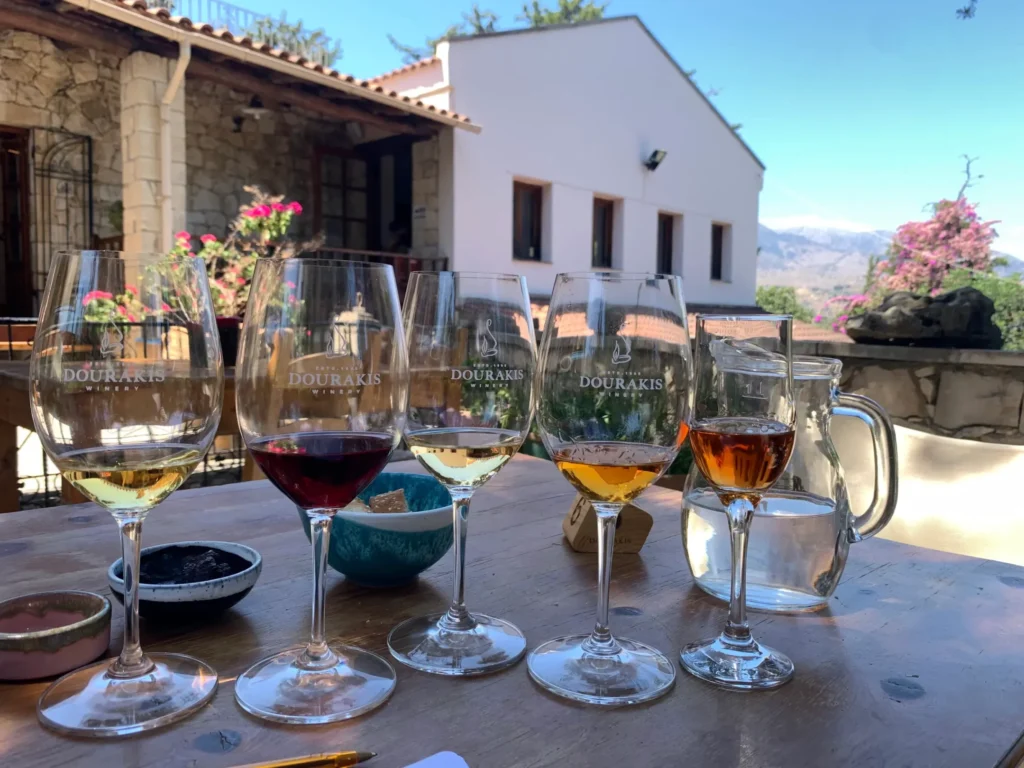
Liatiko wines are often described as a mix between Pinot Noir and Nebbiolo, and like Vidiano, big hopes are riding on it to achieve success in the export markets and become the signature red wine representing Crete.
This grape produces red wines that are light in color and low in tannins but high in alcohol and acidity with leather and earthy spicy notes (cardamom, cumin) and aromas of dry flowers and red fruit (strawberry, raspberry, plum).
It can make balanced red wines where it is blended with other Cretan varieties, such as Mandilari, or with Syrah to enrich the pale color. It can also produce white wines (blanc de noir) and sweet wines with aromas of figs and raisins.
This grape is very aromatic and as a single varietal can produce soft “Merlot- like” wines that usually have low tannins and high alcohol. The wine is generally pale in color, so it is often blended also with Syrah or Mandilari. This grape can produce rosé wines, red wines, or sweet wines produced from sun dried grapes. It has aromas of red fruits like plum, cherry, wild strawberry, and also of sweet spice and dry herbs. It can be a simple fruity wine or a structured and age-worthy one.
This grape produces deeply colored wine with firm high tannins and ripe red fruit (plum and cherry) as well as earthy, chocolate and leather aromas. It is traditionally blended with Syrah and often used to deepen the color of Kotsifali and Liatiko wines.
It is planted almost exclusively in western Crete in the Chania region and produces various wine styles: white (blanc de noir), orange (orange de noir), sparkling, and sweet wines from sun dried grapes. The single varietal wine can be low in tannins and acidity and high in alcohol and can quickly oxidize turning into a brownish color. Traditionally, this wine was kept in barrels for an extended time to produce oxidized wine similar in style to sherry called “Marouvas” (meaning “aged”).
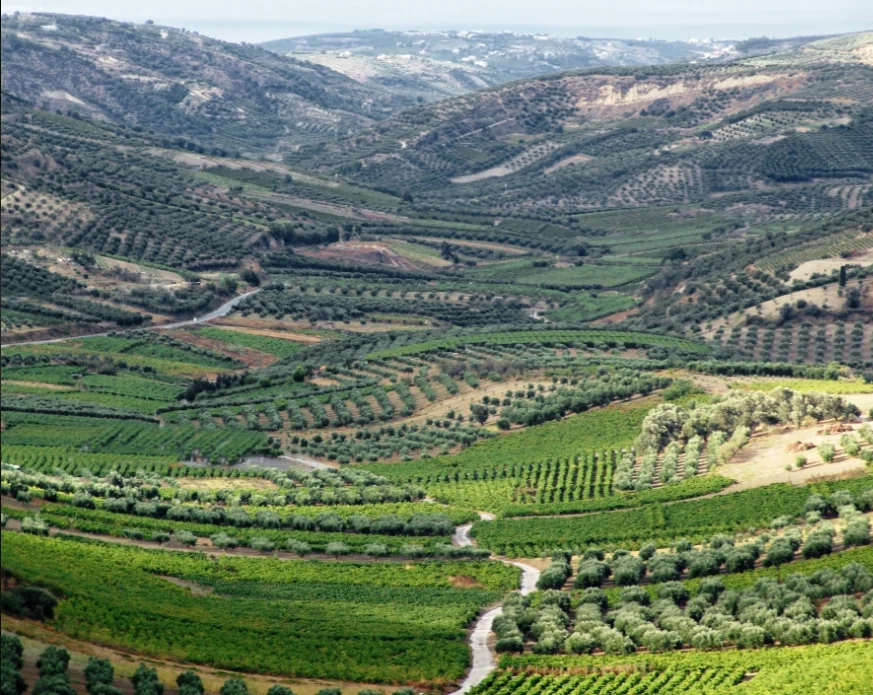
Crete is defined by mountains, pride and authenticity and these are all infused into the island’s wines that are definitely worth exploring. And even though accessibility to these wines is still challenging off the island, this is quickly changing thanks to the local wineries’ united participation in international wine events and the passion of sommeliers, critics and enthusiasts spreading the word and advocating for Cretan wines globally.
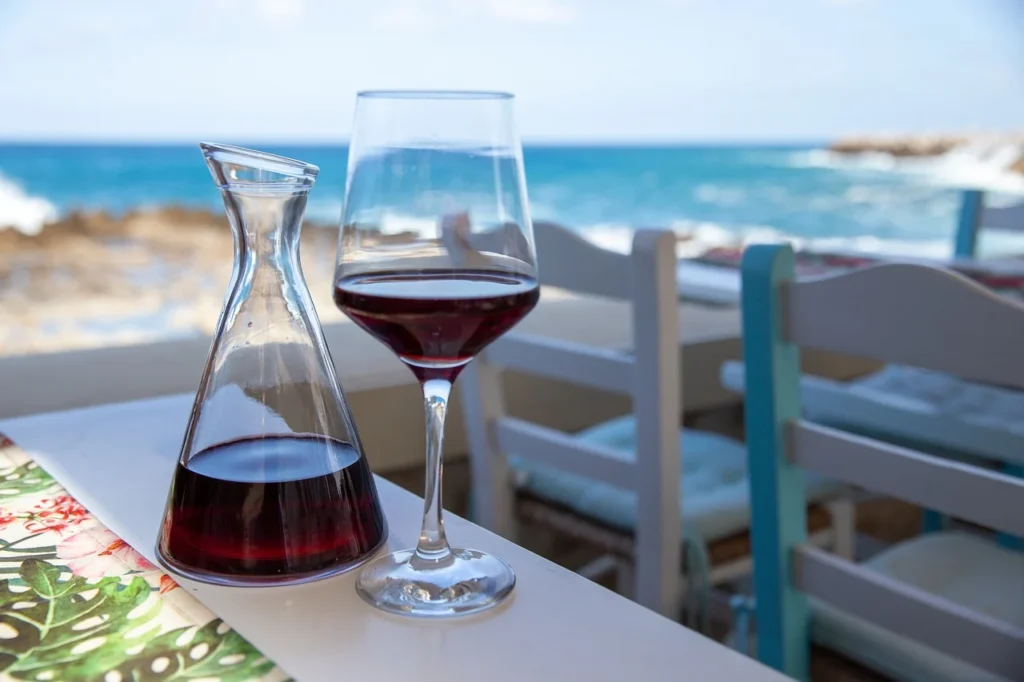
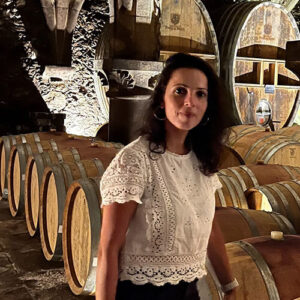

Explore the pros and cons of screwcaps and corks in the world of wine.

Unlock the secret power of a wine’s birth year: how vintage shapes flavor, aging potential, and savvy cellar decisions.

Discover six lesser-known grape varieties that offer distinctive flavors and are worth exploring beyond the classics.
No matter your current skill level, we can help you improve – pass that exam, share your wine knowledge with others, guide your buyers, enhance your guests’ experience, and show up with confidence and credibility as a wine professional!
Feeling overwhelmed by everything there is to study in wine?
Struggling to stay consistent with tasting, or make it feel purposeful?
Craving connection with others who get what you’re working toward?
Let’s make studying wine less overwhelming, more consistent, and fully enjoyable!
Enter your email below to join our wine newsletter, where we share expert tips, study tools, tasting insights, and updates to support you on your wine journey!
By submitting, you are consenting to receive marketing emails from The Grape Grind. You can unsubscribe at any time.
Want to get better at tasting wine?